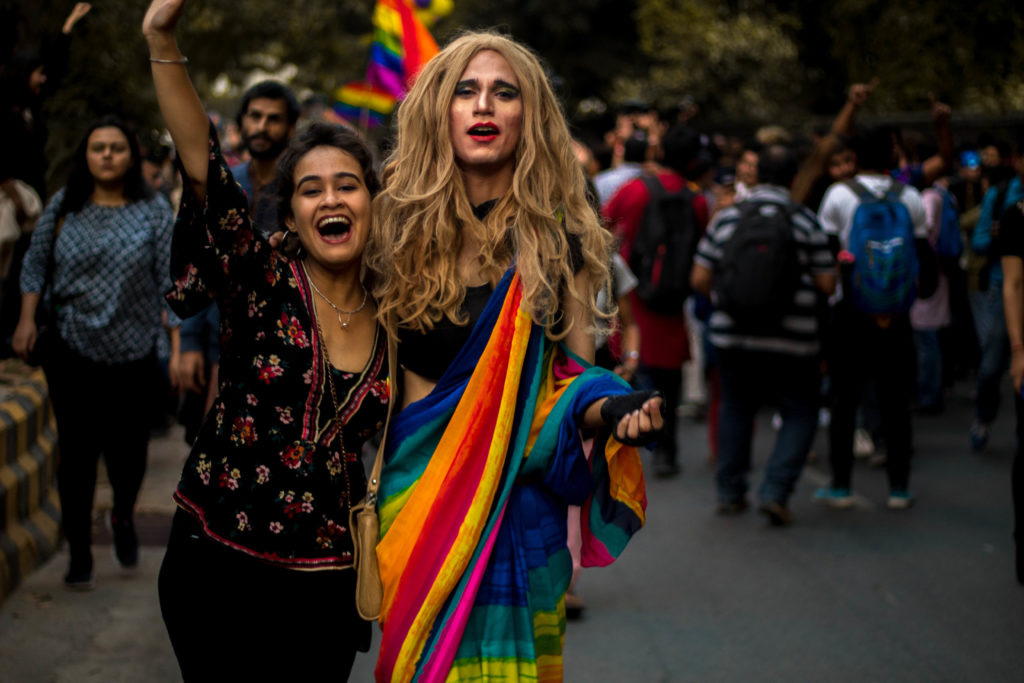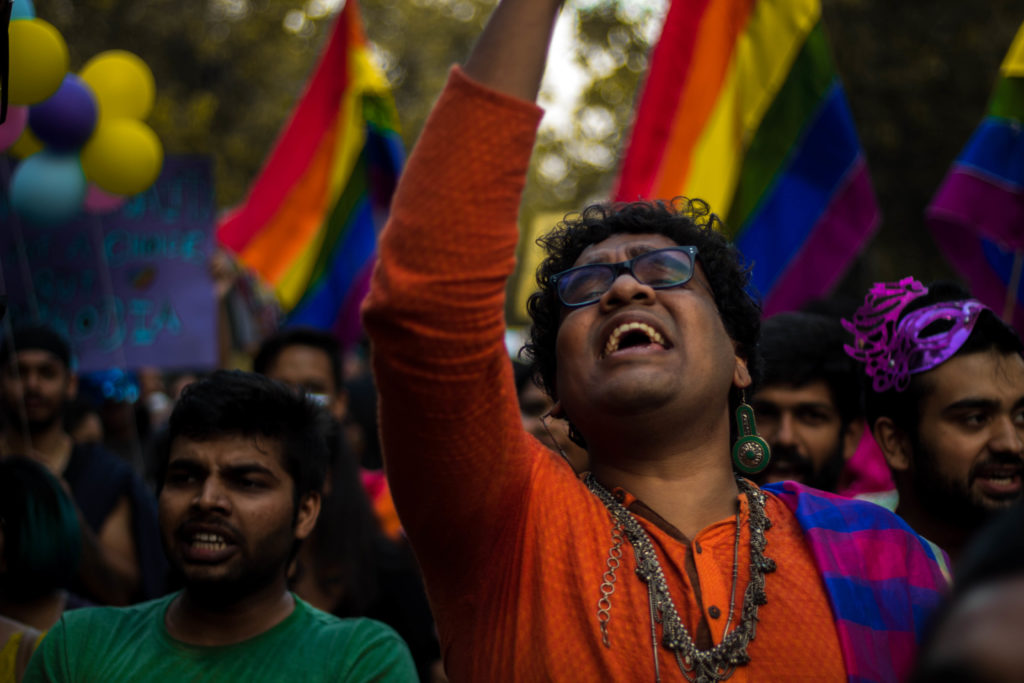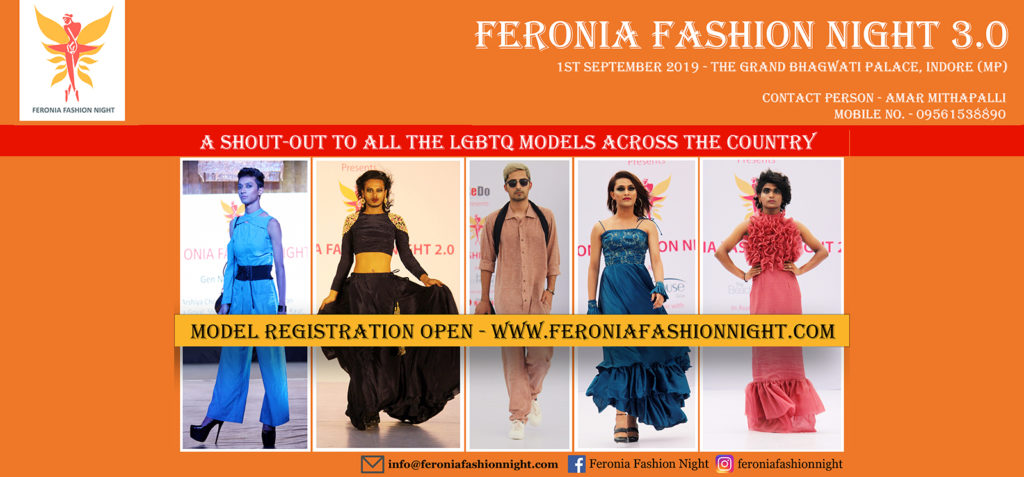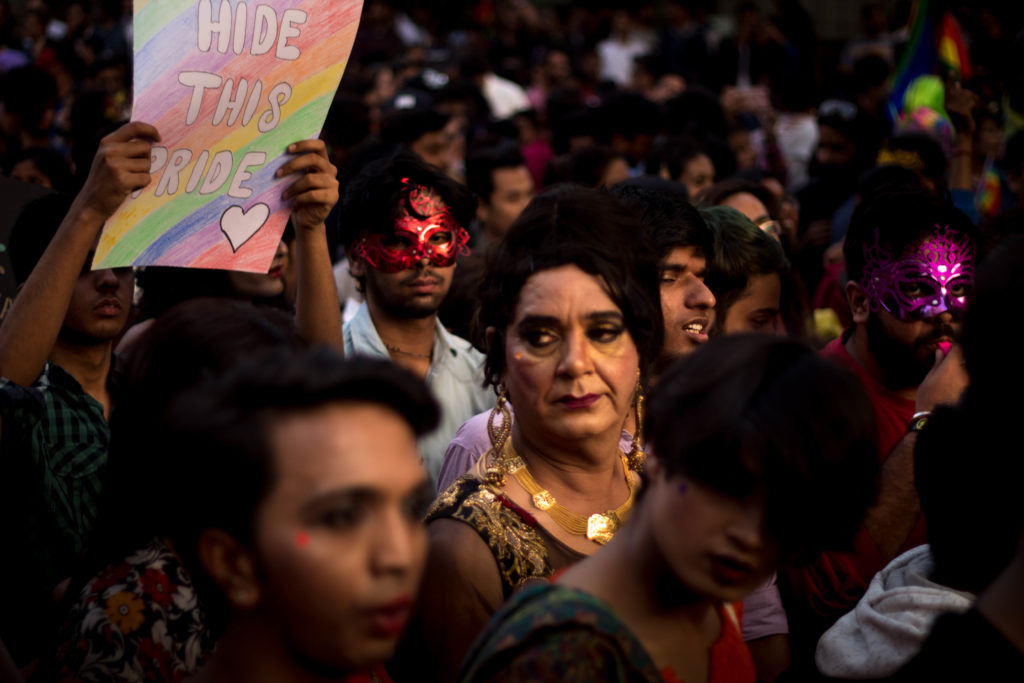
With September 6, 2019 marking its first anniversary of decriminalization of Section 377 in India and with the Pride parade being right around the corner, it’s time we turn our attention towards how far we’ve come in the span of one year. It is undeniable that although, there are numerous issues of grave concern confronting the society, one does realize that a blatant rejection of the emerging gender and sexual identities is at least not one of them. With an ongoing wave of economic, environmental and other rises, the increasing acceptance of the queer community in the Indian society comes as a ray of hope. The Pride march now has taken up newer connotations. Rather than fighting to legitimise one’s claim to a new identity, it is about celebrating the diversity that the scraping of Section 377 has brought about. The decriminalisation has instilled a sense of pride in countless people who no longer have to fear being penalised for coming out of the closet and for not occupying a conventionally desirable place in the society. Now, fewer masks cover the happy faces of individuals as they march with people who understand each others’ vulnerabilities all too well.

In October itself, a Durga Pooja pandal of Kolkata seized the attention of those who learnt about its attempt at ensuring inclusivity. The theme of the pandal “Tumi Dekho Nari Purush, Ami Dekhi Shudhui Manush” (You see men and women, we only see humans) highlighted their objective of doing away with the age-old taboos attached to the third gender. With a rainbow background and a mix of Durga and Krishna as their idols, it endeavoured to combine the religious fervour with the spirit of an all-embracing acceptance of identities. The adoption of an LGBTQ theme for a religious celebration speaks volumes about the openness with which some religious communities are willing to welcome the notion of reconstructing the idea of gender and sexuality in a way it did never before. The same establishment, Religion which has often been used as a controlling force to stifle the will, choice and freedom of acting in a particular way, thinking in a particular way and being a particular way has in this case, taken a step forward to embrace all those who were earlier conscious of their very identities.

Feronia Fashion Night is another initiative for raising awareness about gender equality and celebrating Pride. Feronia is India’s first ever androgynous fashion show started by Redo Times Pvt. Ltd. with its head office in Assam. The third edition of the fashion show took place in Indore with the Padmi Shri recipient and social activist, Wendell Rodricks and the Indian model, Diandra Soares as the Chief Guests. The show also featured the Rainbow Warriors collection of Wendell Rodricks which is an ode to the ones who fought for legitimizing section 377. The objective of the fashion week is to eliminate the idea of fashion being gendered, where in reality, it is entirely gender neutral. Its aim is to shatter the obsolete gender stereotypes which have for years, existed and thrived.

The World Values Survey (WVS) is an international survey project which began in 1980 as an attempt to regularly poll ‘nationally representative samples’ on people’s values, opinions and beliefs. From 1990 to 2014, the share of Indian respondents in the WVS who believed “homosexuality is never justifiable” fell from 89% to 24%—from a profuse majority to a clear minority. These figures explicitly depict the significant shift that took place in the mindset of the people even when the existence of the law validating the identity of the LGBTQ community was nowhere in sight. The decriminalization of Section 377 has further led to a substantial rise in conversations and discourses around this neglected issue. Nishtha Berry, the Public Relations Manager of Nazariya, a non-profit queer feminist resource group, said in an interview, “Things are changing at a slow and steady pace especially among the youth. It’s like, now straight people seem curious and intrigued beings to me who want to learn things and gain insight.”

In this first year of the decriminalization, we might not have come the longest way possible from where we were, but with the law on our side, we are definitely not tapping out any time soon. It is an obligation for the society to now acknowledge the existence of the Queer community. The law has mandated the fact that gender and sexual identities are flexible, just like the social structures that define them are. One does realize in the present scenario that there is a community that exists which might not fall into the prototypes laid down by the society for years. However, it is high time that the need to create our very own prototypes isn’t done away with.
Author: Shriya Tandon

